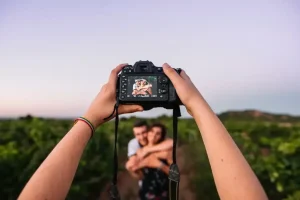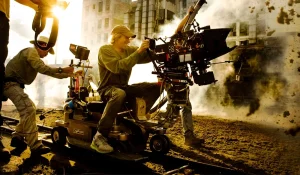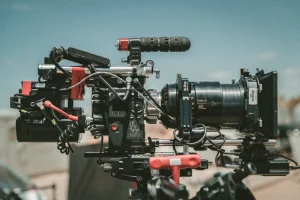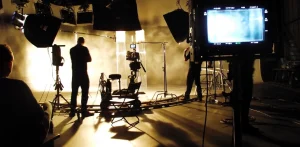Framing in movies is one of the important elements that shape how we feel and understand the story on screen. Although it sounds simple, framing has a big influence on how the audience connects emotionally with the characters and storyline. In the world of cinema, this technical term is key to directing focus, creating atmosphere, and conveying messages visually.
What Is Framing?
Imagine the camera as our eyes—the way it “frames” something determines how we see and feel a scene.
Framing is the technique of arranging the positions of characters, objects, and backgrounds within the frame to convey specific emotions or messages. It’s not just about creating beautiful images, but also a visual language that guides the audience’s feelings. By changing the distance or angle of the camera, the atmosphere of a scene can feel warm, tense, or even thrilling without us even realizing it.
Why is Framing Important?
Every framing choice in a movie is actually a storytelling choice. For example:
- Close-ups, allow us to see the characters’ facial expressions up close, so we can really feel their emotions.
- Wide shots, can give the impression that the characters are alone in a vast world.
- Dutch angles, make the atmosphere feel tilted and unstable.
In essence, framing is a kind of visual storytelling tool. With the right settings, it can:
- Build the atmosphere or mood of a scene
- Direct the audience’s focus to important details
- Give clues about who the main character is at that moment
- Show the relationship or power struggle between characters
- Convey the message or theme of the story symbolically
Various Types of Framing in Movies
1. Establishing Shot
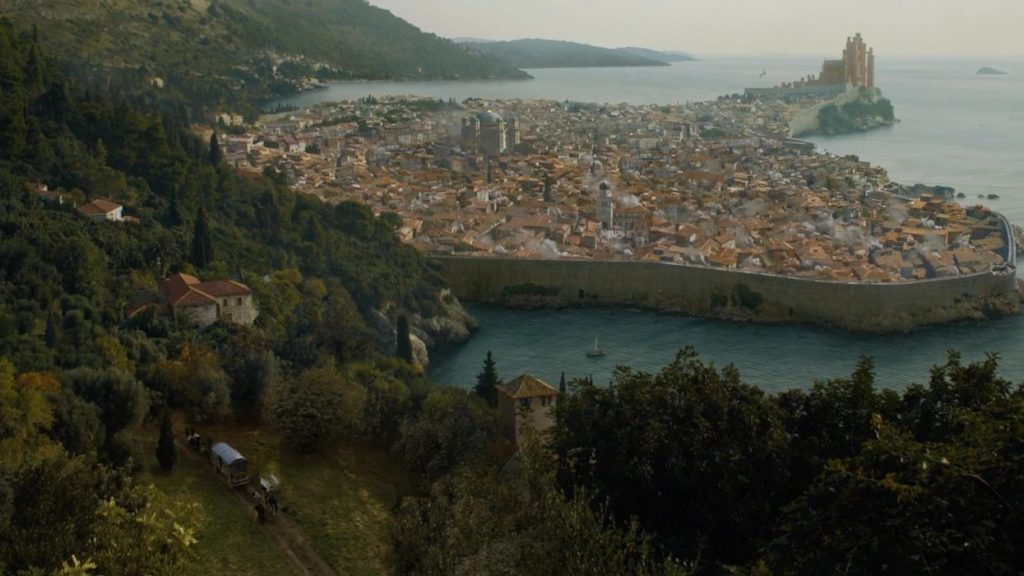
Typically a wide shot or extreme wide shot at the beginning of a scene, used to introduce the location, time, or context of the story.
2. Wide Shot (Long Shot)
Shows a character from head to toe, along with their surroundings. Suitable for showing action, a character’s relationship with space, or creating emotional distance.

Effect: Provides a complete picture of the atmosphere and makes us feel like we are observing from a distance.
3. Medium Shot
Cuts the character from the waist up. This is the most “neutral” framing and is often used for dialogue scenes because it balances facial expressions and body language.
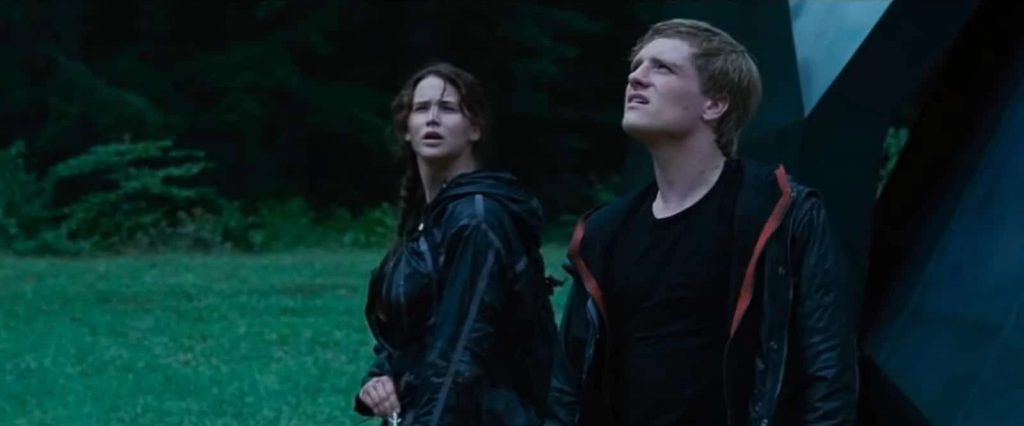
Effect: Feels natural, as if we are directly witnessing their conversation.
4. Close-Up Shot
Focuses on the character’s face or important details. Perfect for capturing intense emotions or reactions.
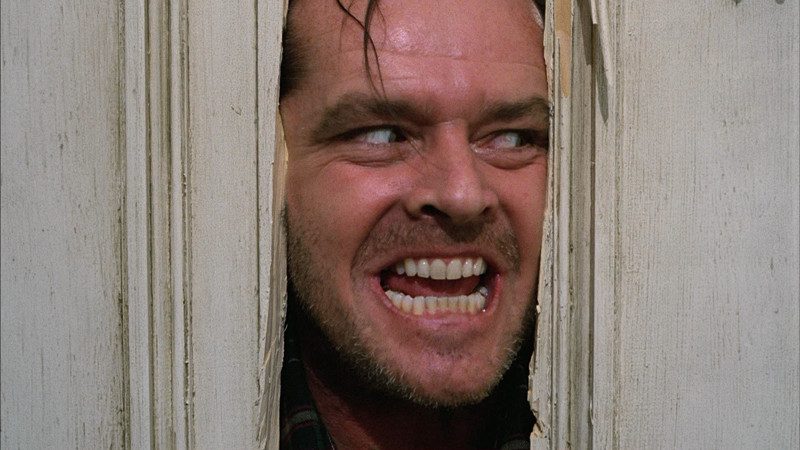
Effect: Makes the audience feel emotionally close.
5. Extreme Close-Up Shot
Even closer—for example, only showing the eyes, lips, or details of objects like a key or bullet.
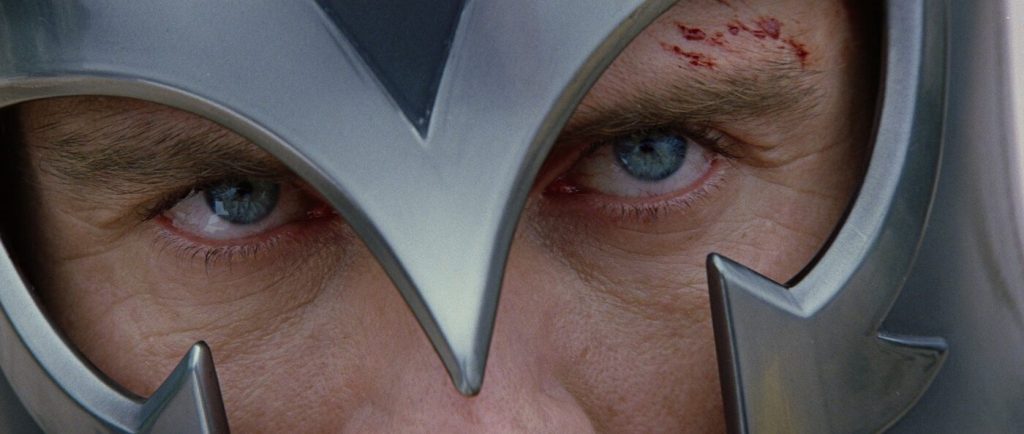
Effect: Emphasizes intensity or symbolism.
6. Over the Shoulder (OTS) Shot
Typically used for conversation scenes. The camera peeks over Character A’s shoulder toward Character B.
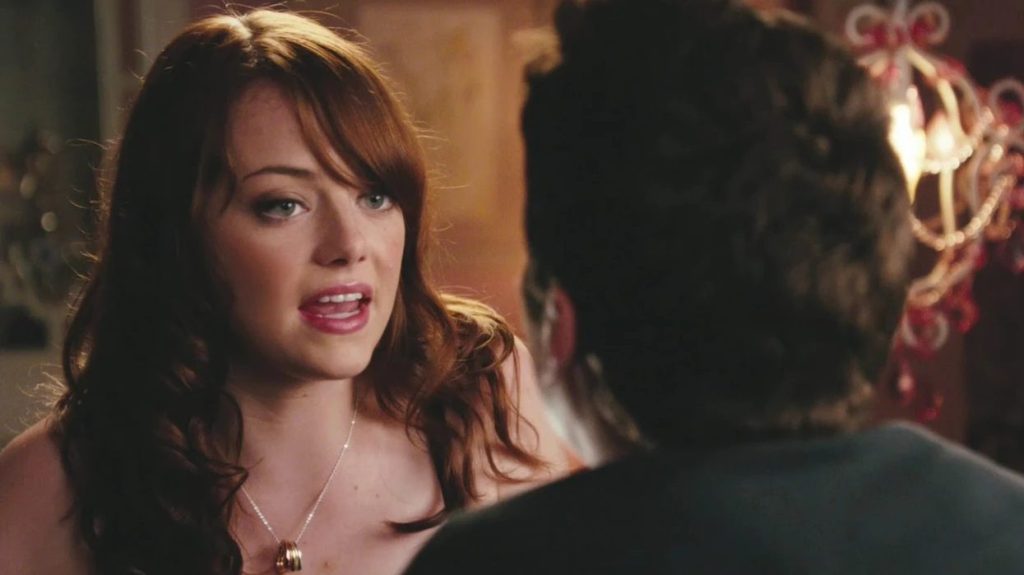
Effect: Makes us feel like we’re part of the conversation and can see both parties’ reactions.
7. Point of View (POV) Shot
The camera becomes the character’s “eyes.” We see exactly what they see.
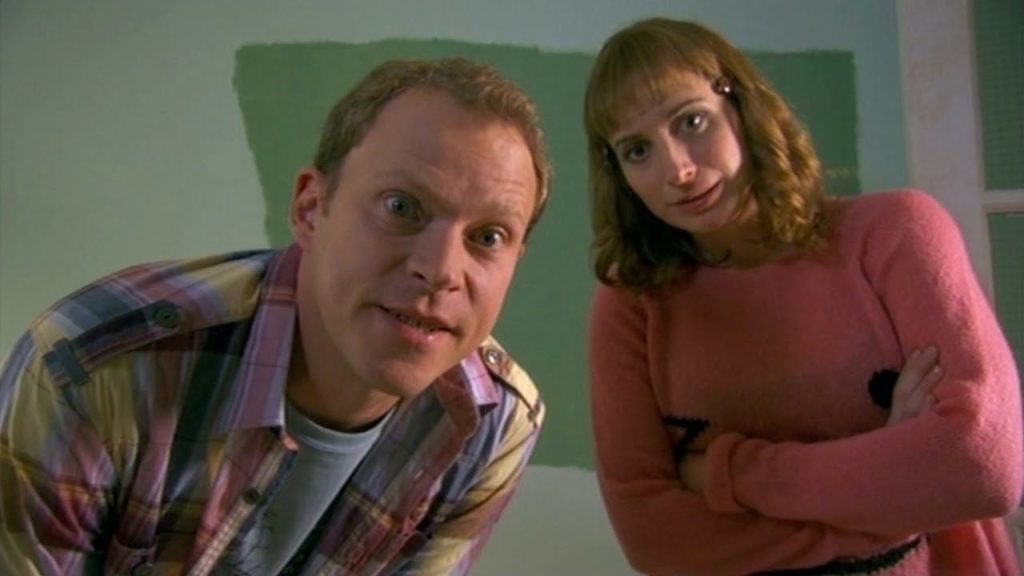
Effect: Enhances immersion—the audience feels like they’re inside the character’s world.
8. Two Shot / Group Shot
Features two or more characters in one frame.
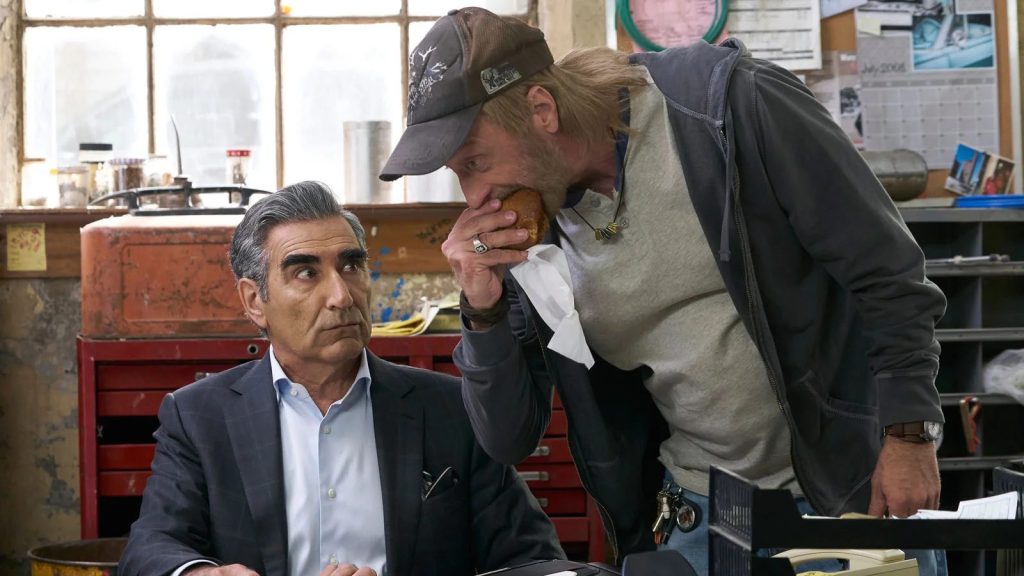
Effect: Clarifies the relationships, dynamics, or conflicts between characters.
9. Dutch Angle (Tilted Shot)
The frame is tilted, creating an “unnatural” visual.
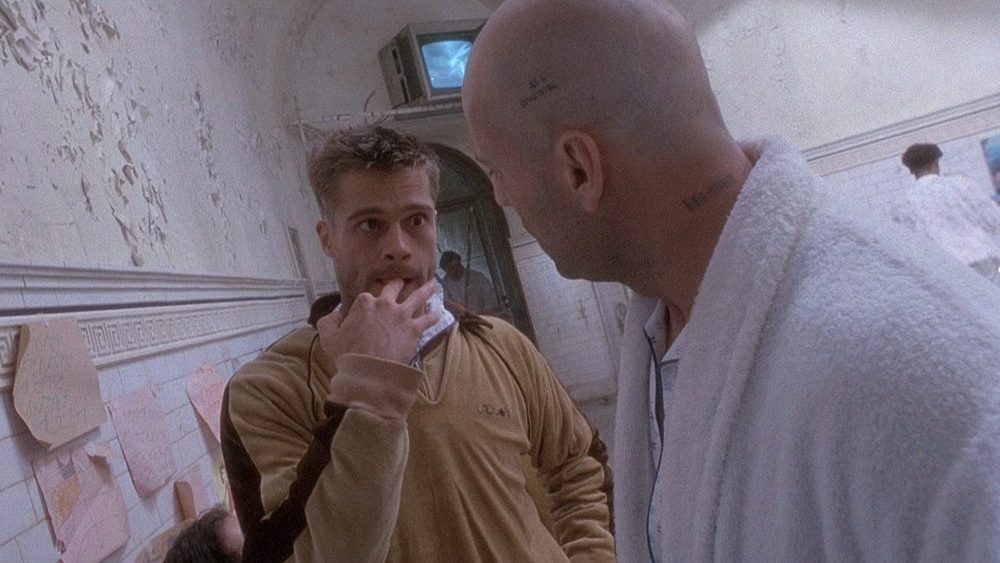
Effect: Signifies an odd, dangerous, or chaotic atmosphere.
10. Tracking / Dolly Shot
The camera moves with the subject, whether forward, backward, or sideways.
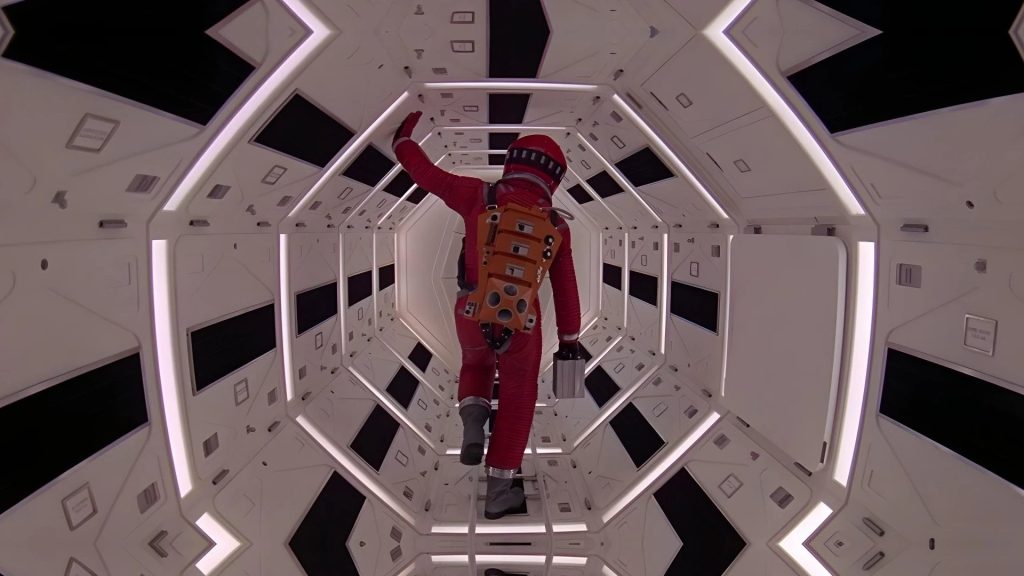
Effect: Conveys a sense of movement, tension, or emotional transition.
11. Static Shot
The camera remains stationary, with no movement. All action occurs within the frame.
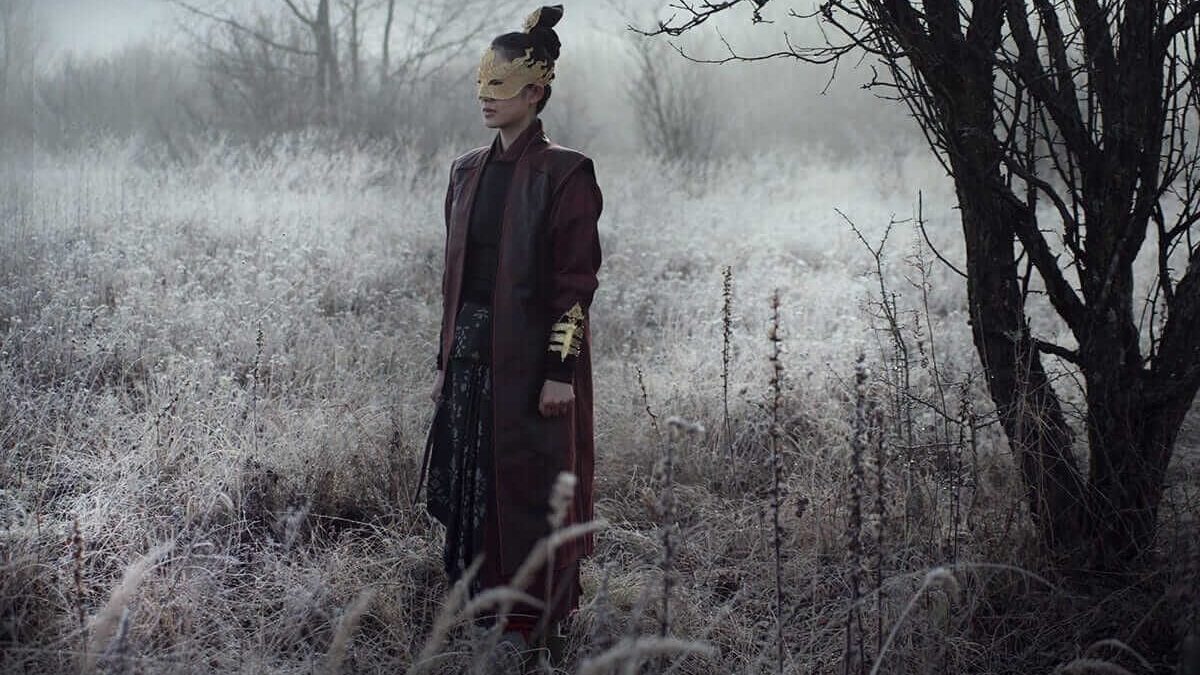
Effect: Can make a scene feel calm, rigid, or focused on an important moment.
12. Crane Shot / Aerial Shot
The camera moves from a height, typically using a crane or drone.
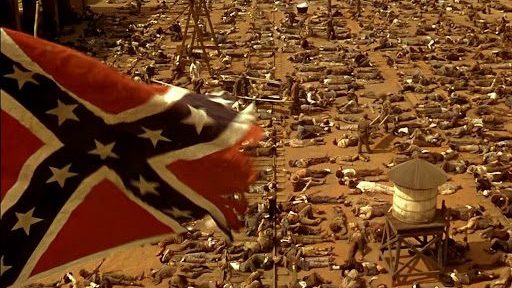
Effect: Gives a grand and dramatic impression, often used at the beginning or end of a movie.
13. Split Diopter Shot
A unique technique where both the front and back of the frame are in focus. Rarely used, but cool when the moment is right.
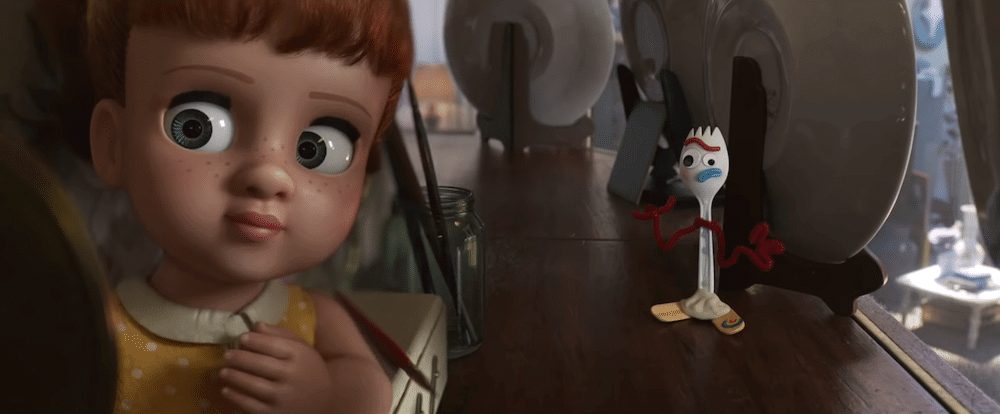
Effect: Shows two important things or two “worlds” in one frame.
Framing Is More Than Just Style
Effective framing isn’t just about visual beauty; it also supports the story. Cinematographers and directors collaborate to determine when to zoom in, create distance, or evoke specific emotions. Through this discussion, they choose the best way to frame a scene to convey the message strongly to the audience.
Read also: Movies as a Narrative Medium that Connects Emotions and Visuals.
Framing can be called the foundation of visual language in movies that allows us to “read” stories through images, not just follow the plot. Understanding framing is important for filmmakers or screenwriters, even from the writing stage. This is because movies are not just about what is being told, but also how the story is framed.

